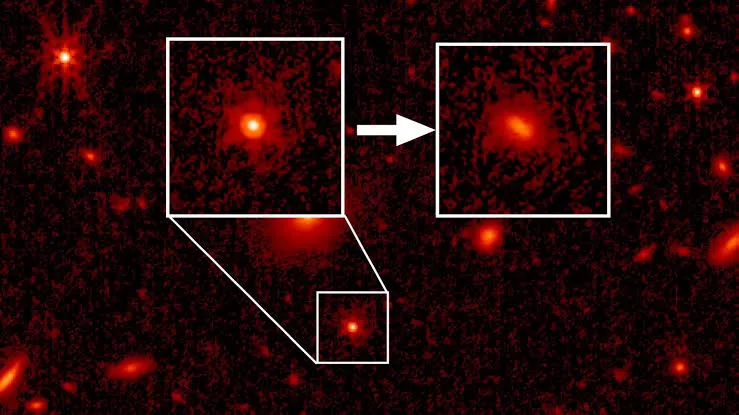The James Webb Space Telescope (JWST) has made another groundbreaking discovery, this time by seeing the first starlight from ancient quasars. Quasars are extremely bright objects that are powered by supermassive black holes at their centers. They are among the most distant objects in the universe, and their light has been traveling for billions of years to reach us.
The JWST was able to see the first starlight from quasars by using its NIRCam instrument to detect the faint glow of hydrogen gas that was present in the early universe. This gas was ionized by the light from the first stars, and the JWST was able to see this ionized gas as it was just beginning to recombine with electrons.
This discovery is a major milestone in the study of the early universe. It provides us with new insights into how the first stars and galaxies formed, and it helps us to understand the evolution of the universe.
The following are some of the key findings from this discovery:
- The JWST was able to see the first starlight from quasars that are located about 13.4 billion light-years away. This is the farthest that any telescope has ever been able to see the first starlight.
- The JWST was able to see the faint glow of hydrogen gas that was present in the early universe. This gas was ionized by the light from the first stars, and the JWST was able to see this ionized gas as it was just beginning to recombine with electrons.
- This discovery provides us with new insights into how the first stars and galaxies formed, and it helps us to understand the evolution of the universe.
This is just one of the many groundbreaking discoveries that the JWST is expected to make in the years to come. The telescope is a powerful time machine that is giving us a glimpse into the early universe, and it is helping us to understand how our universe came to be.

